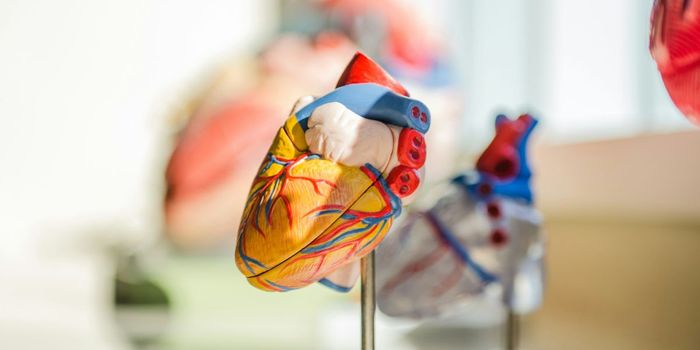Making Recombination-Protein Drugs Cost Effective
In a study published in Nature Communications, scientists used genome-editing techniques to eliminate up to 70 percent of a contaminating protein by mass in recombinant-protein drugs produced by a particular mammalian cell line known as the ‘Chinese Hamster Ovary (CHO) cells`.
"Cells, such as Chinese hamster ovary (CHO) cells, are cultured and used to produce many leading drugs," explained Nathan E. Lewis, Associate Professor of Pediatrics and Bioengineering at the University of California San Diego, and Co-Director of the CHO Systems Biology Center at UC San Diego. "However, in addition to the medications we want, the cells also produce and secrete at least hundreds of their own proteins into the broth. The problem is that some of these proteins can degrade the quality of the drugs or could elicit negative side effects in a patient. That's why there are such strict rules for purification, since we want the safest and most effective medications possible."
The used CRISPR-Cas mediated gene editing approach and observed a significant decrease in purification demands that could potentially lower production costs of higher quality drugs. Using recombinant proteins for drug manufacturing currently accounts for the majority of sales and for treating complex diseases.
Learn more about the use of recombinant proteins in drug manufacturing:
"Host cell proteins can be problematic if they pose a significant metabolic demand, degrade product quality, or are maintained throughout downstream purification," explained Stefan Kol, lead author on the study who performed this research while at DTU. "We hypothesized that with multiple rounds of CRISPR-Cas mediated gene editing, we could decrease host cell protein levels in a stepwise fashion. At this point, we did not expect to make a large impact on HCP secretion considering that there are thousands of individual HCPs that have been previously identified."
Findings were published in the journal Nature Communications.
Source: Science Daily









